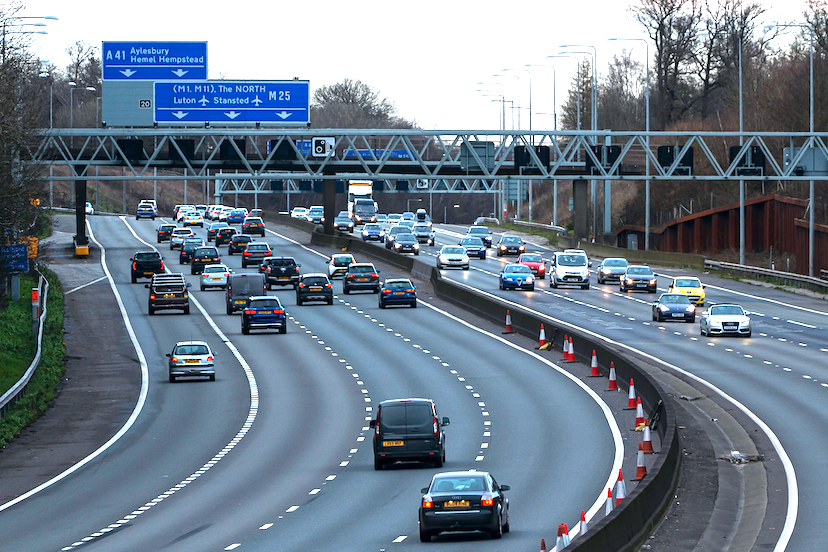We use cookies to improve your experience on our websites and to analyse how and when our sites are used. By clicking 'Accept all & continue' you're agreeing to our use of cookies. To learn more about the cookies we use, you can read our cookie policy.
Opt out of non-essential cookies
Smart motorways have gained a lot of media attention recently. For some time, concerns have been expressed about how safe they are, with at least 79 deaths being attributed to smart motorways.
In January 2022, the then Transport Secretary Grant Shapps declared that smart motorway development “cannot continue unless Highways England proves they are as safe, if not safer, than conventional motorways”.
Then on 15th April 2023, the government announced that all plans for new smart motorways are being cancelled. The decision was based on the lack of public confidence felt by drivers and also the cost pressures due to inflation. According to Transport Secretary Mark Harper “We want the public to know that this government is listening to their concerns.”
But what does this mean for existing smart motorways, and those under construction? And if you are using a smart motorway, in light of all the concerns, how can you keep yourself safe?
In this article we take a brief look at:
A smart motorway is a motorway whose conditions can change depending on the traffic flow and other circumstances. For example, lanes can either be opened or closed, or speed limits changed.
The three main types of smart motorway currently in use in the UK are:
Decisions to open/close lanes or change speed limits are made from control centres, based on computer monitoring, CCTV, police reports and information from the public.
Most of the UK’s smart motorways are around London, the West Midlands and the North West. Almost all the M25 is now a smart motorway, as well as many parts of the M1. There are also sections of smart motorway on the M3, M4, M5, M6, M20, M23, M27, M40, M42, M56, M60 and M62.
There are currently 369 miles of smart motorway in England. 168 of these are ALR motorways : the most controversial type of smart motorway without a hard shoulder. The main locations of these are:
Full details of all smart motorway locations can be found on the National Highways website.
No. All new smart motorways – both the 11 already paused by Grant Shapps in 2022 and 3 others earmarked for construction between 2025 and 2030 – have been removed from government road-building plans.
However, two stretches of smart motorway that are already over three quarters constructed will be completed. These are the M56 J6-8 and M6 J21a-26.
£900 million will be invested in existing smart motorways for safety improvements. These include installing 150 extra emergency areas across the network and improving the performance of stopped vehicle detection technology on every ALR motorway.
In the announcement cancelling new smart motorways, the government also pledged to give motorists clear advice regarding use of existing smart motorways. The main problem is that when there is a breakdown on an ALR motorway there is no hard shoulder to pull into. So what should you do if this happens to you?
In theory your breakdown should be picked up by the smart motorway control centre. All ALR motorways now use technology called SVD (stationary vehicle detection) which automatically identifies a stranded vehicle. However, concerns have been expressed about the reliability of this technology, with the regulator – the Office of Rail and Road (ORR) – claiming that the radar-based system is currently missing one in three broken-down vehicles.
So seemingly you cannot rely completely on your breakdown to be detected remotely, but there are three essential things that you can do to keep yourself safe:
Using the above measures should enable you to stay safe and get help as quickly as possible.
So, even though there will be no more smart motorways, there are still many of them around and it’s wise to be aware of this when planning your journey and being well prepared for what to do if anything goes wrong. Make sure you check your car carefully before travel, so that any developing problems can be nipped in the bud. If you need some extra funds to do this, remember that Munzee Loans offer online loans that may be able to help.
Check back here soon for more lifestyle and financial tips from Munzee Loans.